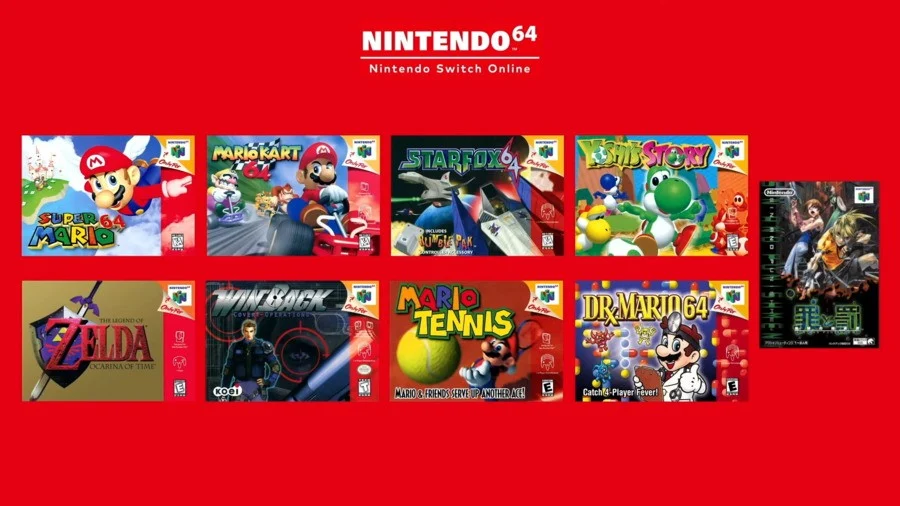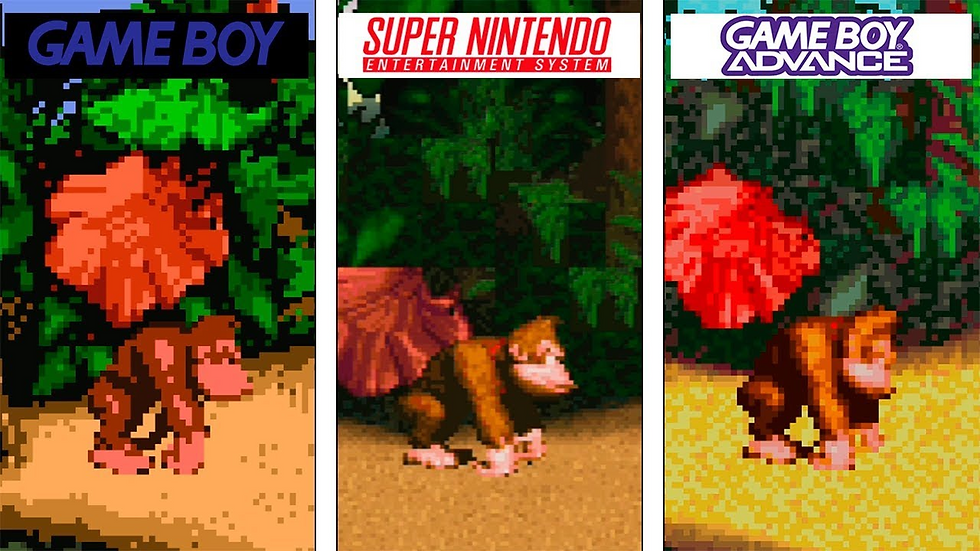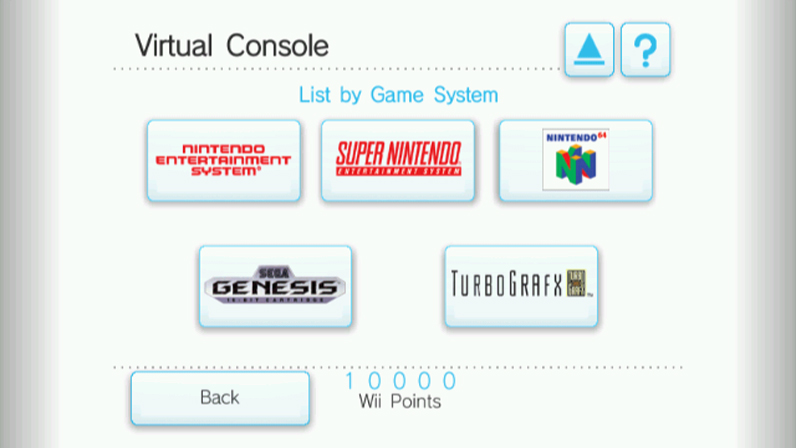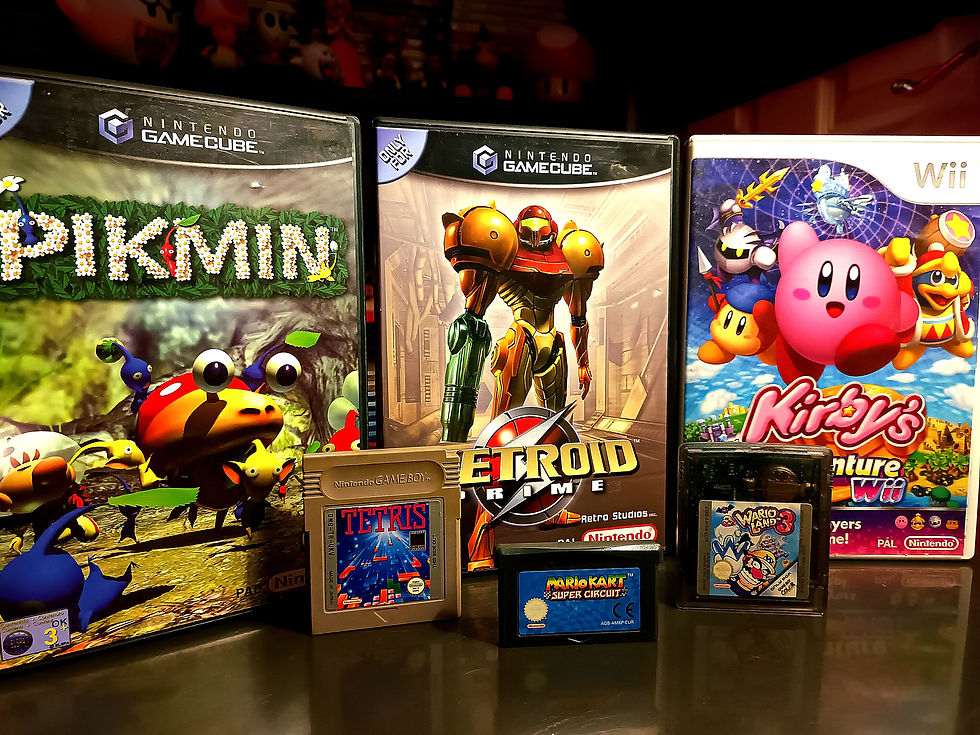Retro resurgence- classic games re-released
- Sam Cawley
- Oct 13, 2021
- 4 min read
Paper Mario 64, great game, very expensive to own on an official N64 console. Although I did get lucky and found my own copy for a reasonable price, there are plenty of people who just don't want to shell out on something they might play a few times. Luckily it's on the Wii U store for less than £10. This is an example of a re-release.

When did it start?
Nowadays, re-releasing older titles is incredibly common. At the time of writing this, Nintendo recently announced they would be adding a selection of Nintendo 64 and Sega Genesis games to their Nintendo Online Subscription service, for the Nintendo Switch.
While it's difficult to pinpoint the first instance of re-releasing existing games, a good start would be the shift from arcades to home consoles.
For example, the Nintendo Entertainment System (NES) brought a lot of arcade titles to home console, from famous examples like Donkey Kong and Pacman, to other titles like Gauntlet, Paper Boy, Qix etc. Sega and Atari had similar ideas, most notable examples being Shinobi released for Sega Master System and Pong for the Atari 2600.
It's debatable as to whether we can count arcade games as re-releases as they weren't playable on any console prior to their arcade debuts, but the fact still stands that they were existing games, and they were released for a wider audience so I think we can count them for now.

New and improved
Some re-releases went above and beyond simply making them available to play on later systems. Some came with quality of life improvements or new features all together.
The best of example of this can actually be seen with the Nintendo Gameboy and the Gameboy Color. Re-releases for these systems ranged from making console games available on a handheld, reimagining popular games, or remaking them with updated visuals or sounds.
First let's talk about the games that were merely ported from the console to the handheld. Games from the Mario, Donkey Kong, Mega Man and other series were incredibly popular on the NES and SNES. This made porting them over to the Gameboy a no brainer. Despite the power of the Gameboy in terms of graphics and sound being significantly weaker, the novelty of being able to play the games portably was enough for a lot of people.

Then you had the reimagining's of existing games. These were almost expansions that held the same value of the original but with a few changes for the better. Donkey Kong for the Gameboy was a significant improvement over the original, changing it from a high-score platformer to more of an adventure. It included levels and new gameplay elements, as well as more detailed sprites. Game & Watch Gallery is another good example, as that game altered the original Game & Watch art and mixed it up with Mario characters for a fun new spin on things. The core gameplay was the same, just with a fresh look.

Finally, there were the remakes. These added new features to the games and ultimately added a lot of improvements. The Gameboy Advance saw more of these than the other Gameboy systems. The ones that I'd argue are the most prominent are the Pokémon remakes. On the original Gameboy, you could play Pokémon Red, Blue, and Yellow. These were incredibly successful and kicked off the Pokémon craze that's still seen to this day. While the story and base game were the same for all three versions, they differed on what Pokémon were available, and Yellow had changes that made it more like the popular anime series of the same name. For Gameboy Advance, we saw these games get full remakes, released in a pair of Pokémon FireRed and LeafGreen. These featured updated graphics, sound design, mini-games and features that weren't available in the originals and made some Pokémon a bit more accessible depending on the version you chose. This also set of a trend other Pokémon remakes, with two DS titles, Pokémon Diamond and Pearl seeing remakes for the Nintendo Switch later this year.

Virtual Console/backwards compatibility
While having an updated classic added to your game library is great, sometimes the novelty of playing an older game is playing it as originally intended.
During the sixth console generation, consisting of the PlayStation 3, Xbox 360, and Nintendo Wii, the backwards compatibility craze really started to kick off. Nintendo led the way in this category with their Virtual Console. The way it worked was releasing some of their best games from the NES to the Gameboy Advance for affordable prices.

PlayStation and Xbox went a different direction and offered backwards compatibility. First was PlayStation which offered PlayStation 2 game support on specific models of their PlayStation 3. Xbox were late to the party and only started offering it towards the end of the 360s life.
Currently in 2021, only Nintendo and Xbox are still offering ways of playing their old games.
Conclusion
While collecting physical copies of older games will always be one of my hobbies, having so many of the must-play classics available digitally and playable on a modern TV will always be a blessing. Sometimes you just don't want to set up an old console and when they inevitably die out and stop working they'll at least be some way of playing them.






Comments